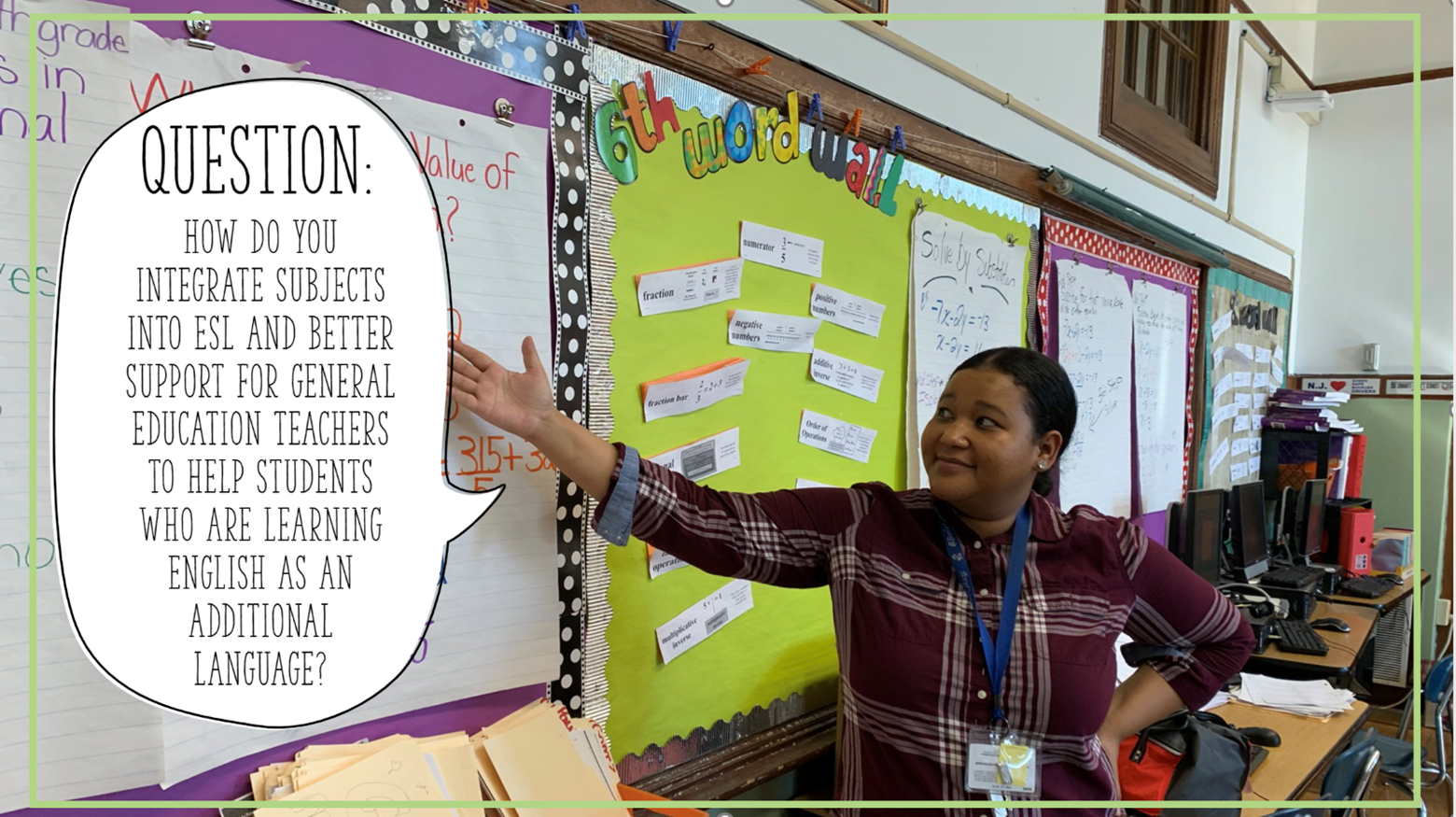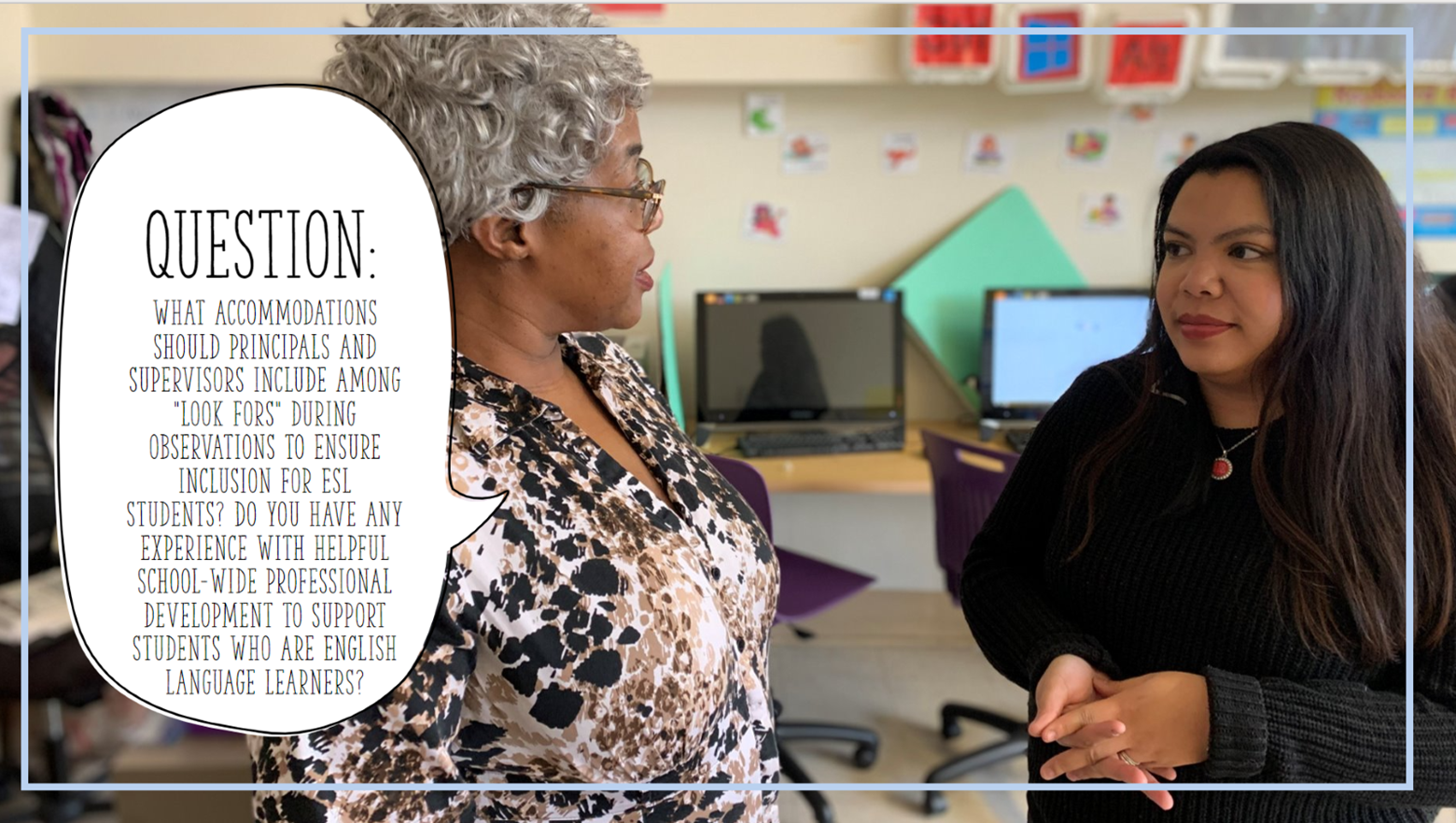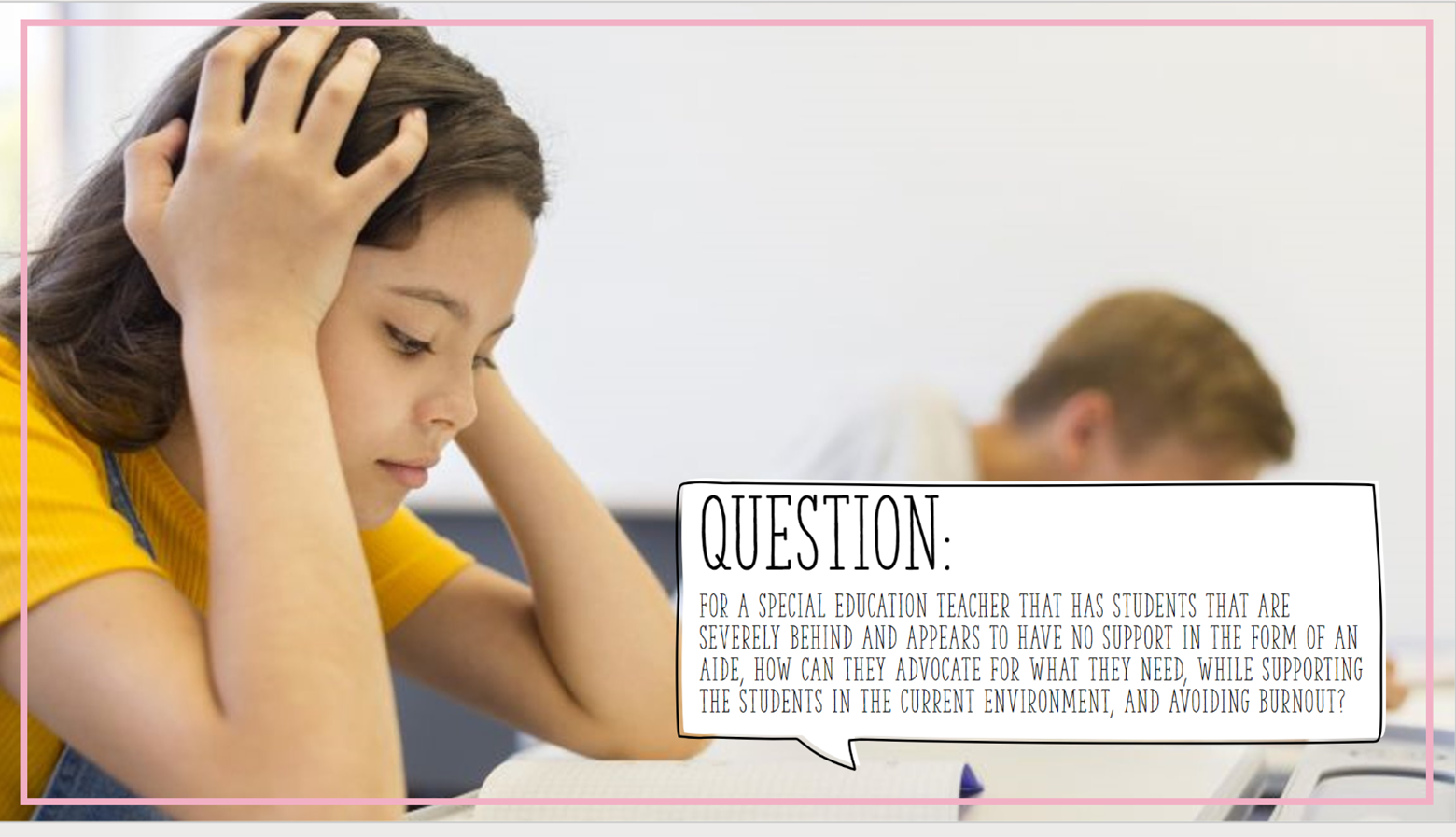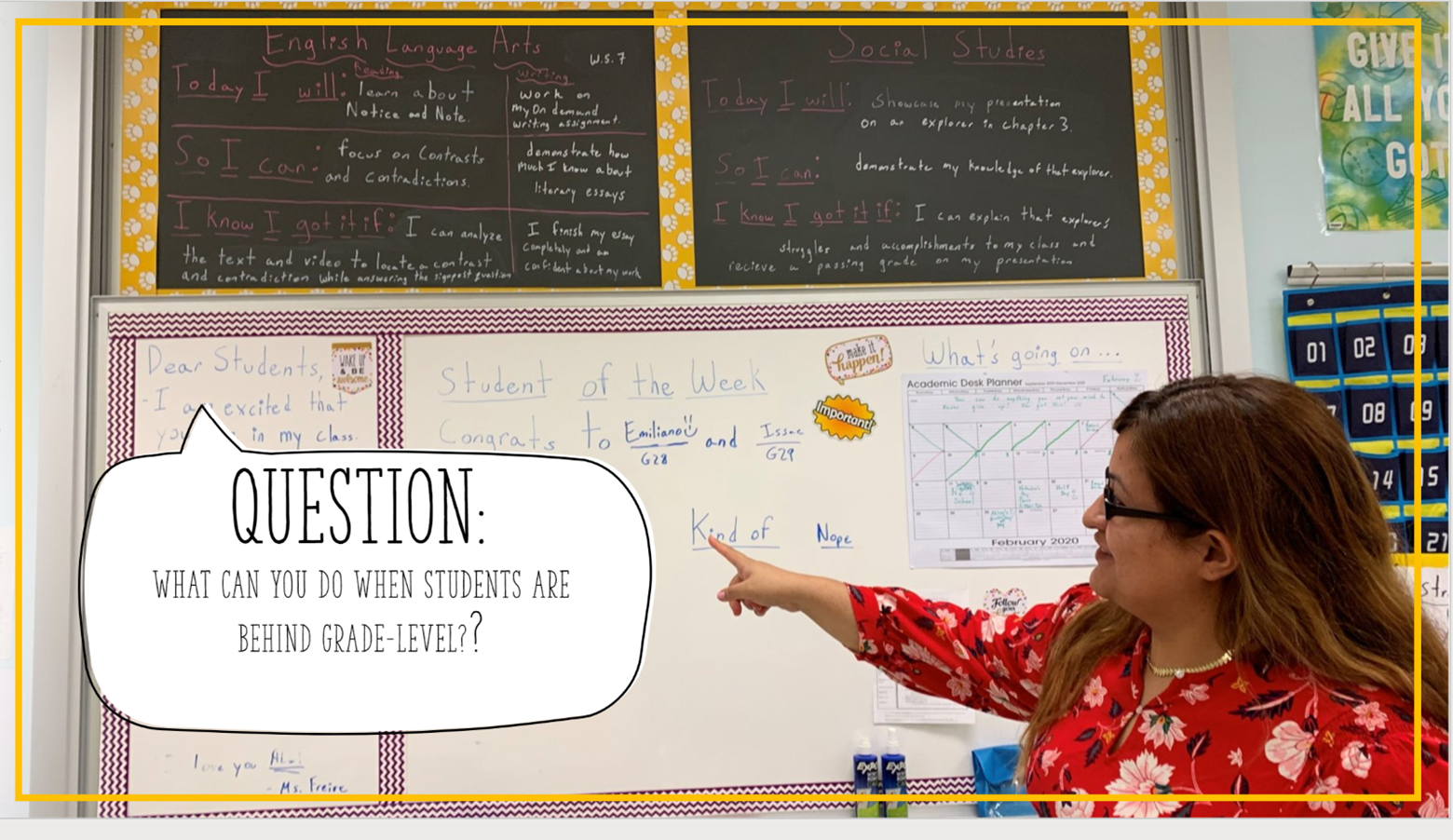Veteran Educators Share Activities and Ideas for New Teachers
Rutgers Alternate Route strives to offer new teachers the best resources and necessary advice from seasoned educators.
During our fall meeting for Diverse Teachers For Diverse Schools (DTDS), we asked our veteran instructors share ideas and activities based off of questions from novice teachers.
We turned this advice into a blog so it may be shared with educators far and wide!


- Collaborative assignment completion should be modeled and planned very intentionally. Students don't always know what roles to play when placed in a group, and this could lead to work completion that doesn't necessarily indicate any meaningful student learning. Design a log that students complete independently while working together. This includes what their contributions are to the project/work, questions they have, and ways they have asked for help or learned from their group members. This type of reflection encourages the culture that we learn from one another.
- Stations can build collaborative skills and essential SEL skills and then scaffold in other learning opportunities. In stations, each student has a task and then rotates being the spokesperson for their group at times.
- Use the JamBoard feature on Google. The students would be able to anonymously write their questions, comments, or concerns. The other option for the JamBoard would be to use actual post-it notes on a board or wall in the classroom. Since the post-it notes would all be the same color; the students’ identity would remain anonymous.
- Journal Writing - After the students observed other students writing, sharing their stories and uniting together, I would anticipate a similar response. Hearing the story, and perhaps watching a short video like the book trailer, which is less than 5 minutes, might reach the students in a different way, rather than just hearing the teacher talk. Hopefully this would encourage the students to be comfortable sharing their own stories.
- Use entry or entrance tickets or an Ask me Anything box to encourage quieter students to have a voice. Can be anonymous…. But answer everything.
- Starting the class with: "What do I need today?" The teacher can weigh in on what assistance she may need from the students today. Follow this up by asking students the same question, “What do they need from their peers or teacher or adults today?” Establish a culture of being a community and that asking for help is not only ok but required for us to achieve our goals and be happy.
- Within the first few weeks of class, spend time placing students in situations where they must ask questions.
-
Facilitate team building activities that are non-academic to create an atmosphere for collaboration.


- Have materials in other languages.
- Use pictures to illustrate information.
- Pre-teach academic vocabulary.
- Have a chart of common cognates students would likely encounter based on the academic discipline.
- Have students make their own dictionary listing the words they learn every day.
- Review vocabulary often. Post words in classroom and take time out to go over the vocabulary and their meaning.


- Use some type of translation mechanism, whether digital or human resource.
- Create bilingual graphic word walls.
- Display anchor charts with visual models.
- Participate in professional book clubs for teachers. We did one with My Family Divided to help our teachers better understand what some of our families go through.
- Use Ambassador students to help acclimate new ESL learners.
- Group students in activities by similar language at first.
- Smile. ESL students are masters of reading body language and facial expressions.
- Seek constant input from students in the form of polls, peer interactions, 1 question you have, etc.


- I personally prefer the implementation of learning centers equipped with different strategies at each center, but all supporting the same learning objective.
- If these students are in an inclusion setting, record yourself reading the content or giving directions for better access for students. Students can record themselves as assessments too.
- Keep anecdotal notes that will help you advocate for your students and connect with your Child Study Team.
- Create a communication journal between home and school.
- Keep all resources available in Google classroom so parents, counselors and CST can have access too.
- Make a list of "must have" support in the class and provide it to their supervisors.
- Do a needs assessment on the students to see where they are in the instruction and start from there.


- Incorporating visuals aids, like representations, manipulatives, animations, illustrations, and the like, will assist students to make meaning and connect with the material they are learning.
- Early assessment and collecting meaningful data are important to determine what kind of intervention is most productive in helping students behind grade level.
- Differentiation and scaffolding of tasks to address learning needs and skill gaps is important in "catching students up."
- Identify the gap and find out exactly where the root/and or point of disconnection begins. Collaborating with an instructor of the appropriate grade might be helpful. Make a connection of alignment with the standard expectation and begin the reteaching for student learning there.
- The reinforcement of primary lessons will provide a strong foundation.
- Meet students where they are and provide access to grade level content. You can read aloud, provide visuals, and differentiate ways for them to demonstrate understanding. Keep instruction age-relevant, even if our students' skills are below grade level.
- Use a Multi-Tiered System of Supports (MTSS) Strategy to create an intervention block for support, credit recovery opportunity, afterschool or summer catch up.
- The administration needs to provide for after-school classes to bridge the gap.
- Use Response to Intervention.
- Incorporate WIN (What-I-Need) Time for students.
If you’re considering following your dream of teaching, Rutgers Alternate Route can offer you the support and training you need to succeed. Be sure to follow Rutgers Alternate Route on Twitter or sign up for Alternate Route’s monthly newsletter for more information and stories from the field of education.

 Sharlene Laud has extensive experience in education from K-12 to higher education and holds a Doctorate in Education from the Rutgers Graduate School of Education. Dr. Laud is the Assistant Director of the Rutgers-GSE Alternate Route Program in the Department of Learning and Teaching. Follow her on X @sharlene_laud
Sharlene Laud has extensive experience in education from K-12 to higher education and holds a Doctorate in Education from the Rutgers Graduate School of Education. Dr. Laud is the Assistant Director of the Rutgers-GSE Alternate Route Program in the Department of Learning and Teaching. Follow her on X @sharlene_laud





